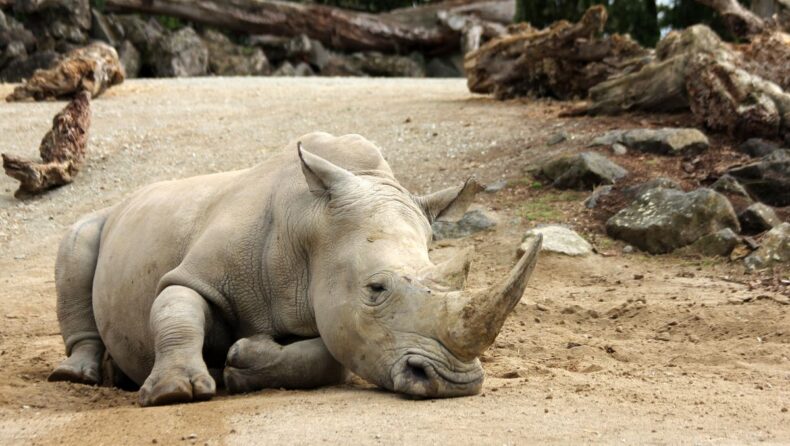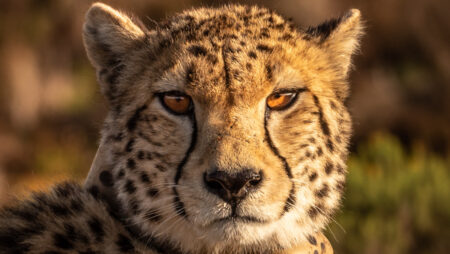The study reveals how the wildlife loss across the globe is more alarming than previously perceived.
According to a new study, almost half of the world’s species are going through swift population decline and this global loss of wildlife is significantly more worrisome than previously believed.
Numerous species have already been exterminated by humans, and many more have been brought dangerously close to extinction.
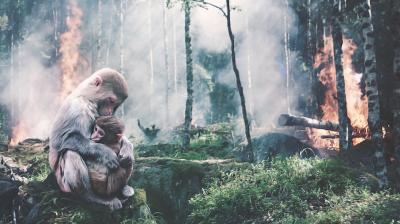
According to some scientists, we are now in the midst of a sixth mass extinction event, this time caused by humans. The primary cause of wildlife loss is the tearing down of wild landscapes to make way for towns, farms, roads, and cities, but climate change also has a significant influence in this case and is expected to have an increasingly worse impact as the world warms.
Major Findings of the Study
More than 70,000 species were analyzed across the world (including birds, mammals, reptiles, amphibians, fish, and insects) by the researchers to assess if their populations have been increasing, decreasing, or staying steady over time.
The investigation revealed that less than 3% of these species showed an increase in population, whereas 48% of them showed population shrinkage, as published in the journal Biological Reviews.
The co-author of the study, Daniel Pincheira Donoso, from the School of Biological Sciences at Queen’s University Belfast, expressed his concern and described their findings as a drastic alert.
He also told that other studies that were based on far lower sample sizes have shown that the current extinction crisis is more detrimental than most people realize. He believes that the study results provide a clear confirmation on a global level.
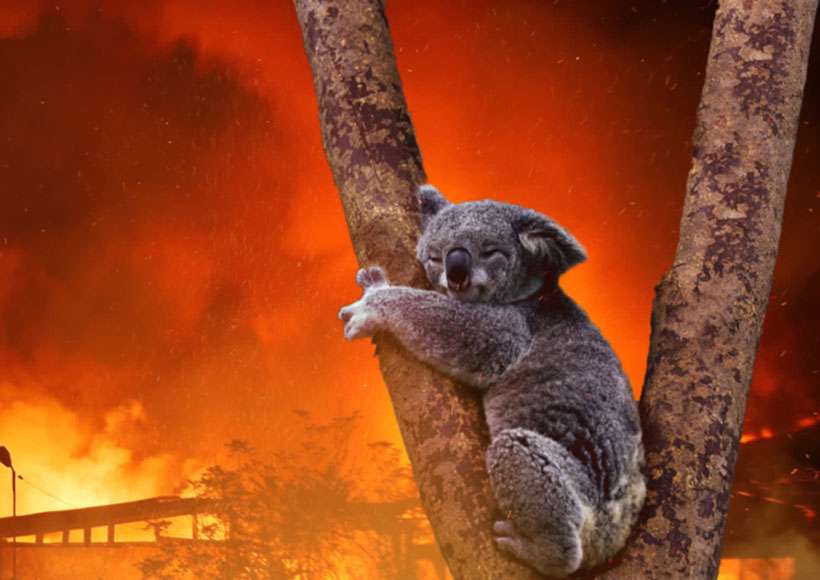
The Concern
According to Donoso, the study paints a clearer picture of the severity of the degradation of biodiversity across the globe. He said that the conservation categories are labels that the International Union for Conservation of Nature, a United Nations committee, grants to each species they evaluate at a certain point in time.
These categories have been used to characterize the extinction issue for decades.
The IUCN’s Red List of Threatened Species categorizes around 28% of species as facing extinction based on that methodology.
Pincheira-Donoso explains that the findings of this study do not show whether species are presently classified as threatened or not, but rather whether their population sizes are decreasing rapidly and progressively or not. Declining trends in population over time are a precursor to extinction.
This analysis shows that 33% of the species listed as ‘non-threatened’ on the IUCN Red List are in reality on their way to extinction.
The study revealed that while mammals, birds, and insects are all experiencing species loss, but amphibians have been overall particularly badly hit and are facing a variety of threats ranging from diseases to climate change. For fish and reptiles, the news was better because more species seemed to have stable populations rather than declining ones.
According to the study, the population declines of wildlife are geographically typically concentrated in the tropics. One of the reasons for this observation, according to Pincheira-Donoso, could be attributed to the increased sensitivity of animals residing in the tropics to rapid changes in their environmental temperatures.
No Life without Wildlife
The University of Exeter’s Brendan Godley, a professor of conservation science who was not involved in the study, said the findings provide fresh new insights into population dynamics. He also said that this study has a huge impact, that covers the globe and all vertebrates and insects.
By laboriously integrating population trajectories, rather than relying on more restrictive Red List assessments, the study highlights the amount of pressure that wildlife is under from human influence and how this is a global concern across animal groups.
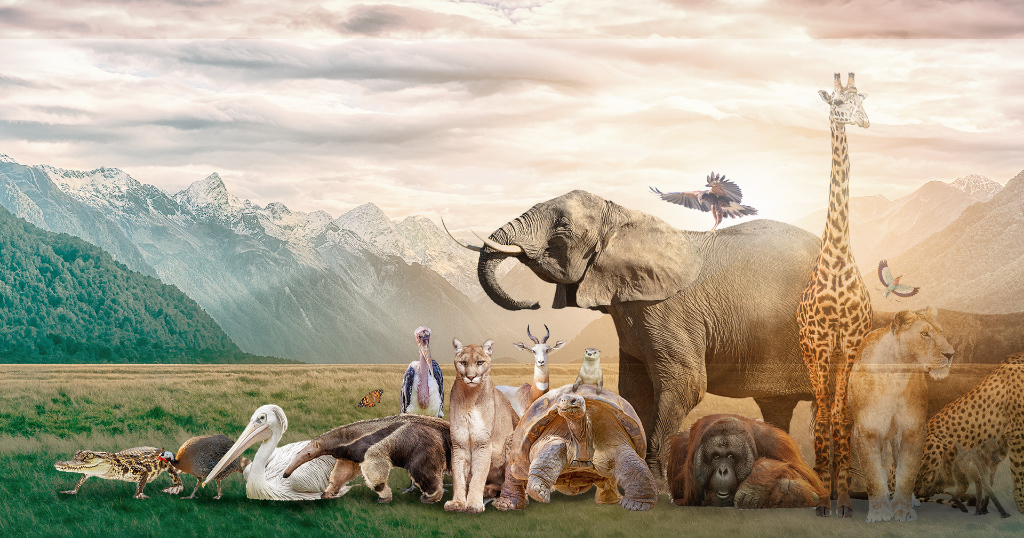
Godley mentioned that there are inspiring tales of wildlife being brought back from the cusp of extinction, such as great whales and sea turtles. He clarified, however, that all of us must be concerned about these results, as we cannot survive without thriving wildlife populations, species, habitats, and ecosystems.







